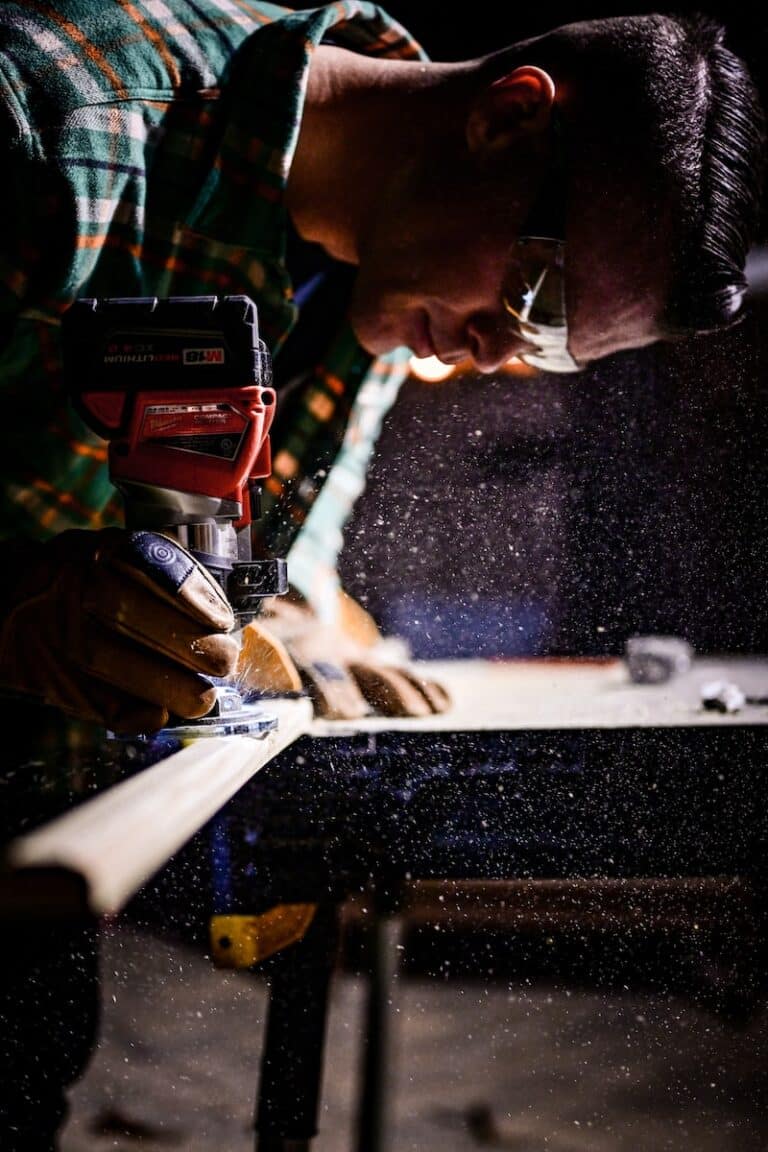Your home is an investment in living as well as in savings. If 
- Save up the money first.
- Borrow against your home through a home equity loan, line of credit or mortgage refinance.
- Use a credit card or take out a personal loan.
Obviously, saving and paying for repairs out of pocket will be the cheapest option. Secured loans such as a refinance, line of credit or home equity loan are guaranteed by your home itself; interest rates tend to be lower than on a credit card, but you risk losing your home if payments aren’t made.
But if you don’t have much equity in your home, the project is relatively small in scope or you don’t feel comfortable betting the house, a personal loan or credit card can be a convenient choice.
Personal Home Improvement Loan
Homeowners can apply for home improvement loans for a variety of reasons, including remodeling, updating or making repairs to their home. Loans can be issued for anything as simple as a roof repair, an update to an energy-efficient furnace or a new addition. Repayment for this type of loan can be made in many different ways.
A personal loan is not secured by your home; the interest rate you receive depends on your creditworthiness. Personal loans have fixed interest rates, which means you can reliably schedule monthly payments into a budget. The payback period is also shorter than a secured loan, typically two to five years.
Personal loan amounts range from $2,000 to $100,000 and vary by lender. Lenders may market the use of a personal loan for home improvement, but the interest rate will depend on your credit score, credit history and debt-to-income ratio.
Since the loan is unsecured, the interest rate will be higher than what you’d get on a home equity loan or line of credit. You also won’t be able to claim a tax deduction on the interest as you normally would with mortgage payments.
Home Equity Loan
Home equity loans and home equity lines of credit are still popular methods of financing a home renovation. Both are cheaper than a personal loan. A home equity loan is a lump sum at a fixed interest rate, while HELOCs have a credit limit at variable rates that fluctuate with the prime mortgage interest rate.
A homeowner can also take a first mortgage loan or a subordinate loan. If your equity in the home is adequate, the lender would be willing to loan you the cash needed in a number of ways. You would be eligible for a HELOC, installment second mortgage and a cash-out refinance. Ultimately, your particular financial situation or desired outcome would determine which product is preferable. If you want to preserve your current interest rate, you may opt for the HELOC or second mortgage installment loan.
The Title I Property Improvement Loan Program
If the equity in your home is limited, the answer may be an Federal Housing Administration (FHA) Title I loan. Banks and other qualified lenders make these loans from their own funds, and FHA insures the lender against a possible loss. This loan insurance program is authorized by Title I of the National Housing Act.
FHA-insured Title I loans may be used for any improvements that will make your home basically more livable and useful. You can use them even for dishwashers, refrigerators, freezers, and ovens that are built into the house and not free-standing. You cannot use them for certain luxury-type items such as swimming pools or outdoor fireplaces, or to pay for work already done.
The homeowner of a single-family residence can qualify for up to $25,000 over 20 years for improvements. Homeowners in multifamily residences can qualify for up to $12,000 per unit over 20 years for improvements.
In Conclusion
Home improvements tend to raise neighborhood standards and, as a result, property values. From an economic standpoint, home improvements mean higher employment, increased markets for materials and home products-and therefore a more flourishing community. However, whenever you take out a home improvement loan, keep in mind the following:
- Carefully understand all your options
- Study the approval process
- Compare contractor offers
- Understand what you sign
- Beware of fraud



